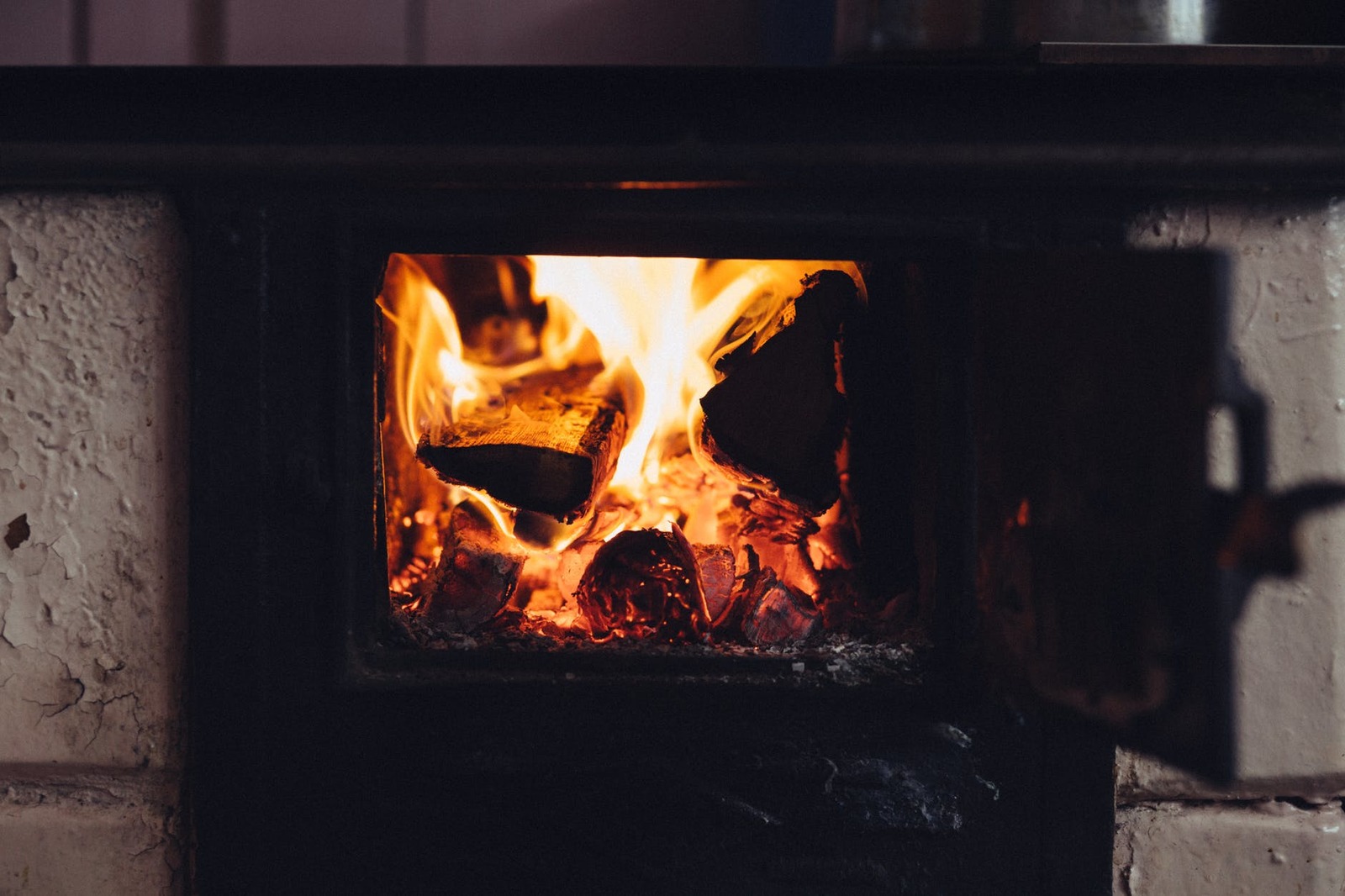
The Health Risks of Using Wood-burning Stoves
Nationwide air filtration system provider, Camfil USA, reveals the health risks associated with using wood burning stoves, and presents an air filtration solution to improve indoor air quality.
Riverdale, NJ — Wood-burning stoves continue to be popular even in an era of sophisticated heating, ventilation, and air-conditioning (HVAC) systems. They’re inexpensive, easy to maintain, though some would say difficult to clean, and they’re able to reduce heating bills by as much as 30 percent. It’s also hard to deny the nostalgia and romance that comes with lighting a fire on a cold night and sitting near the fire for some quality time, with the mood punctuated by the occasional cracking of firewood. It’s no small wonder why fireplaces can add to the value of a home.
But wood burning also introduces a wide range of indoor air pollutants that reduce indoor air quality and trigger severe allergy symptoms. This reaction is especially true when indoor air is unable to vent properly. While its exact contents are dictated by what’s burning, smoke can contain a range of harmful particles and chemicals, including formaldehyde, acrolein, propionaldehyde, benzene, butyraldehyde, acetaldehyde, and furfural.
Smoke from inefficient combustion can be especially dangerous to at-risk segments of the population like pregnant women, children, infants and the elderly. For particulate matter, Camfil high-efficiency particulate air (HEPA) filters are designed to remove the smallest particles down to .3 micron in size. Other air filters, while not as efficient as HEPA filters, are considered to be high efficiency and can capture up to 90% of particles 1 micron and above.
Molecular filters are an effective way to help control the gases and vapors found in smoke. When HEPA or high efficiency air filters are paired with a molecular filter, this creates a filtration system that doesn’t just capture and remove PM (particulate matter) but also removes chemicals in smoke.
Aside from installing a HEPA filter, homeowners can turn to a wide range of measures to limit their exposure to wood-burning stove pollution, such as:
- Ensuring the fireplace is well-constructed and inspected regularly
- Installing well-sealed doors in front of the fireplace to contain smoke emissions
- Burning only natural wood—never trash or treated wood
- Using only dry wood
- Using smaller pieces of wood instead of larger pieces to limit inefficient combustion
If you are interested in learning more about protecting your indoor quality with commercial air filters from Camfil USA, please click here.
Lynne Laake
Camfil USA Air Filters
T: 888.599.6620
L: Follow our Camfil USA on Facebook
T: Follow Camfil USA on Twitter
Y: Watch Camfil Videos on YouTube
For Camfil air filters in Dallas, click here.